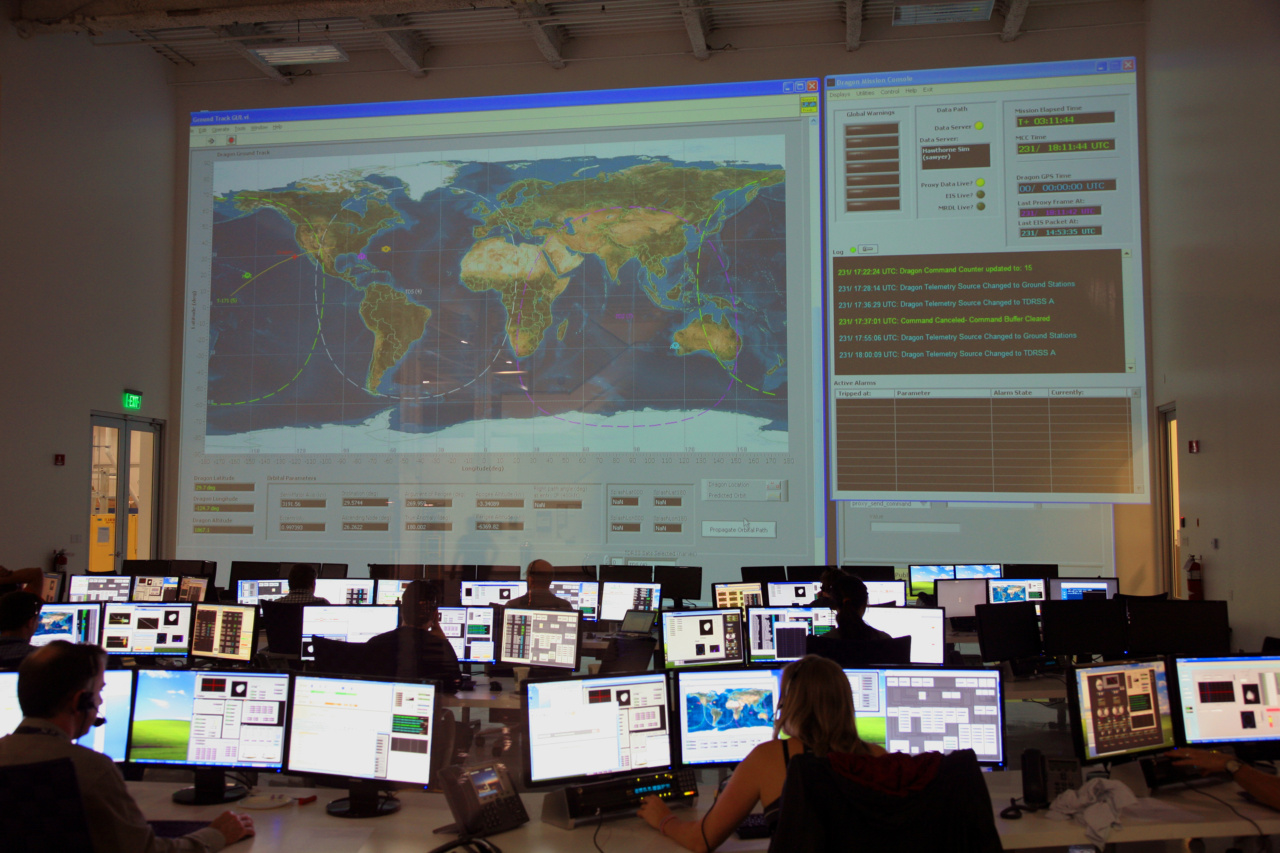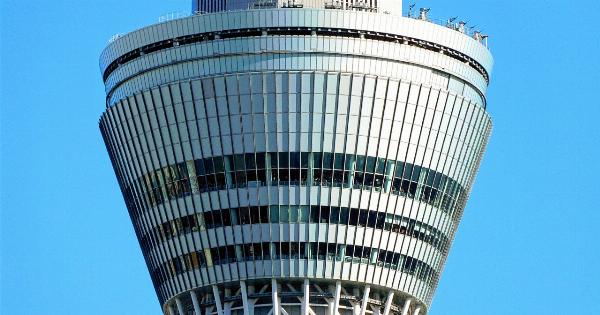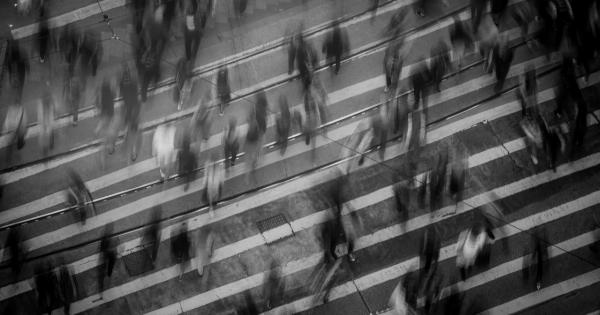In today’s fast-paced world, it often feels like there are simply not enough hours in the day to accomplish everything on our to-do lists.
With work, family, social obligations, and personal interests all vying for our attention, it can be challenging to find the time to relax and simply enjoy life.
But just how busy are people on a daily basis? Are there certain regions or countries where people tend to be busier than others? To answer these questions, an interactive map has been created to visualize how often people get busy in different parts of the world.
The Methodology
To create this interactive map, data was gathered from various sources, including surveys, time-use studies, and productivity research. The data collected looked at factors such as work hours, leisure time, household chores, and personal engagements.
Using this data, a scale was developed to measure busyness levels on a scale of 1 to 10, with 1 representing minimal busyness and 10 representing extreme busyness.
The scale took into account both the quantity and intensity of activities undertaken by individuals.
Once the scale was established, the data was mapped onto a world map using color-coding to represent the level of busyness in different regions.
The interactive map allows users to explore different countries and regions to see how frequently people get busy in each area.
Regional Differences
Upon exploring the interactive map, it becomes evident that there are significant regional differences in how often people get busy.
For example, certain countries in Western Europe, such as Germany and Sweden, tend to have a better work-life balance, with individuals reporting lower levels of busyness. On the other hand, countries in East Asia, such as Japan and South Korea, often have higher levels of busyness due to cultural expectations and work pressures.
Interestingly, there also seem to be variations within regions. In the United States, for instance, cities like New York and Los Angeles exhibit higher levels of busyness compared to smaller towns or rural areas.
This can be attributed to the fast-paced nature of urban environments and the demanding nature of certain industries concentrated in these cities.
In Latin America, countries like Brazil and Mexico report higher levels of busyness compared to their neighboring countries. This may be influenced by cultural factors, economic conditions, and societal expectations.
Factors Influencing Busyness
Several factors contribute to how often people get busy in different regions. One of the key factors is the nature of the job market and work culture.
In countries where long working hours are the norm and employees are expected to devote a significant amount of time to their jobs, busyness levels tend to be higher.
Social and cultural expectations can also play a role. In some societies, there is a high value placed on productivity and achievement, leading individuals to take on more tasks and responsibilities.
Additionally, technological advancements and the rise of the gig economy have led to increased busyness for some individuals as they juggle multiple jobs or side hustles.
Personal preferences and lifestyle choices also influence busyness levels. Some individuals thrive on being busy and enjoy having a packed schedule, while others prioritize leisure and relaxation.
These individual differences can contribute to variations in busyness levels within a given region.
Impact of Busyness on Well-being
While being busy can be a sign of productivity and engagement, excessive busyness can have detrimental effects on well-being.
When individuals are constantly busy and overwhelmed, they may experience higher levels of stress, burnout, and decreased overall satisfaction with life.
It is crucial to find a balance between productivity and self-care. Taking breaks, practicing mindfulness, and prioritizing leisure activities are essential for maintaining physical and mental well-being.
Understanding busyness patterns and regional differences can help individuals and communities identify areas where improvements can be made to promote a healthier work-life balance.
The Future of Busyness
As societies continue to evolve and adapt, the concept of busyness may also change. The COVID-19 pandemic, for example, has forced many individuals to reevaluate their priorities and find new ways of working and living.
Remote work, flexible schedules, and a shift towards a more balanced approach to life may impact busyness levels in the future.
By using the interactive map, individuals, organizations, and policymakers can gain valuable insights into busyness patterns and make informed decisions to promote a healthier and more sustainable future.
Conclusion
The interactive map provides an intriguing glimpse into how often people get busy in different parts of the world. Regional differences, cultural expectations, and work demands all contribute to variations in busyness levels.
While being busy can be a sign of productivity and engagement, it is essential to find a healthy balance to maintain overall well-being.































